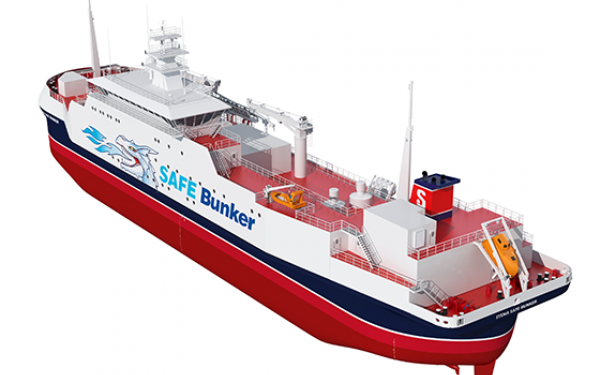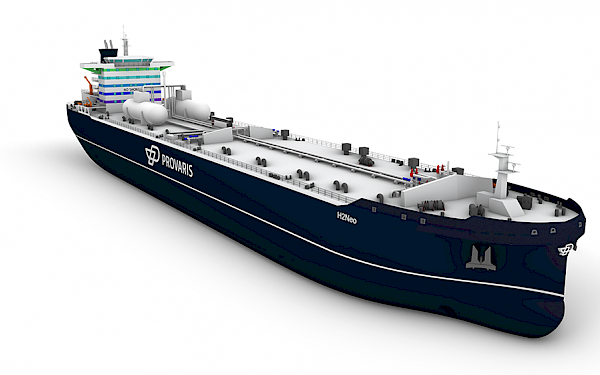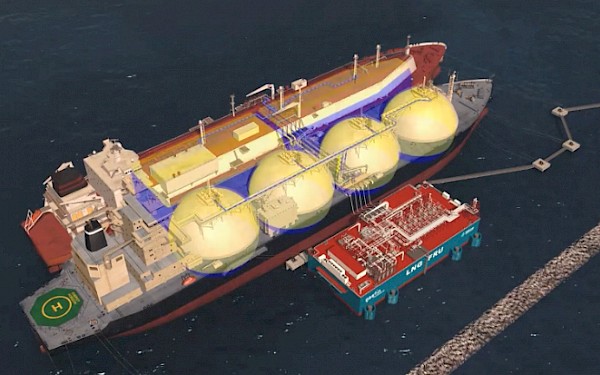
SAFE Bunker - An Evolutionary step in Bunker Ship Design
8 May 2020
Tritec Marine and Stena LNG have collaborated to create the innovative SAFE Bunker concept.
As we move into the third decade of the 21st century, the LNG bunkering industry has seen significant growth and maturity, a trend which is expected to continue throughout the decade and beyond.
This is achieved largely due to concerted efforts of the industry with regulatory bodies, equipment makers and academia, and have resulted in significant improvements in the design and operation of modern merchant ships, and in this case liquified gas carriers.
The ability to configure ships in alternative (often unconventional) ways and confidently predict their performance has led investors and traders to explore new markets and seek solutions which are fit-for-purpose, versatile and cost-effective. These three elements permeate every design concept of a floating asset and bunker ships are no exemption. With the introduction of LNG as a viable alternative fuel in shipping for the foreseeable future the need to revise the traditional bunker ship design to service diverse vessel types is due.
The shipping industry has come to realise that the available bunker vessels of today have limited capability to avoid side contact whilst delivering fuel, something echoed by cruise liner sector amongst others. Such contact inevitably will result to damage on the paintwork and potential dents on the plating which is simply not acceptable for any owner. The solution to this problem should not only guarantee delivery of LNG bunker in a safe and efficient manner but should also eliminate the contact with the receiving vessel.
In response to the challenges of vessel interaction, the concept of SAFE Bunker has been developed. This is an LNG bunker/feeder vessel of payload capacity of 7,500 m3 with 2C type tanks and offsets accommodation. The vessel is designed with dual fuel diesel-electric engines and podded propulsors in the bow and the stern. The pods can also be utilised for dynamic positioning (DP) during refuelling operations. The location of the cargo control room (at the top of the accommodation block) in combination to the DP capability enables SAFE bunkering by alleviating contact between the two vessels even in less favourable weather conditions. Although SAFE Bunker pushes the boundaries of the current regulatory framework, it received approval in principle by ABS in October 2019.
ENDS
By George Mermiris, General Manager, Tritec Marine and Goran Hermansson, General Manager LNG, Stena Bulk.

